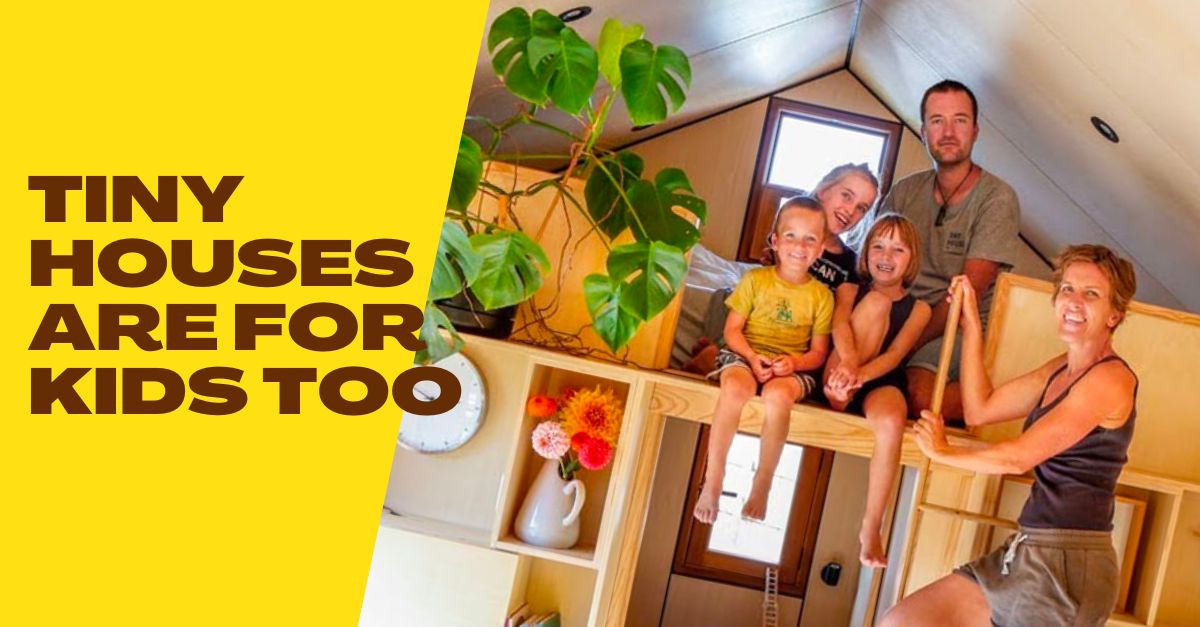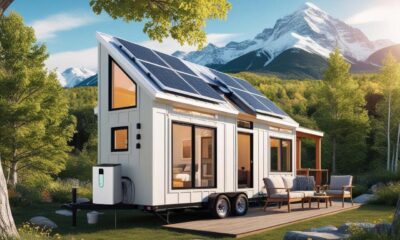Inspiration
Tiny Houses That Prove That Tiny Houses Are For Kids Too

Tiny Houses is a big trend these days. There are many reasons why many people prefer to stay in one but living in a tiny house with kids is as worrisome as it may sound! With kids, it is important for the families to live in a place which meets their safety requirements.
Well, if you are looking for one to take inspiration & ideas then fret not, we have curated a list just for that. Here are a list of tiny houses that are not only amazingly beautiful but also kid-friendly.
German Couple’s Tiny House Life in US with Baby + Creative Storage
Dream DIY Tiny House With Amazing Kid-Safe Loft
https://youtu.be/7DRJgvqbQI4
Tour Our Tiny House Kid’s Room & Play Space
Impressive Custom Tiny House with Super Unique Design Features
Dream DIY Tiny House With Amazing Kid-Safe Loft
Clever Ideas for Kids in Tiny Houses – Tiny House Family Life!
Family of 5’s Modern Tiny House Packed With Clever Design Ideas
Modern TINY HOUSE with Kids!
Family of FOUR Tiny house Tour! What is it like raising children in a Tiny home?
Family Of 3 Lives Tiny To Spend More Time Together – Gorgeous Tiny Home Tour
I hope you enjoyed this tiny house list; if you did, share it with a friend! Also, if you have any information on other awesome tiny houses that we may have missed here (or resource lists for larger houses), then please feel free to drop us a comment below! Hopefully this article was helpful… and may your next build be tiny! Stay tuned for more posts from me very soon 🙂











